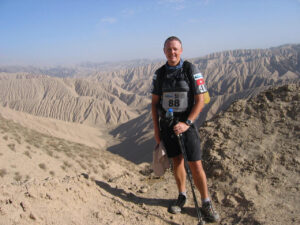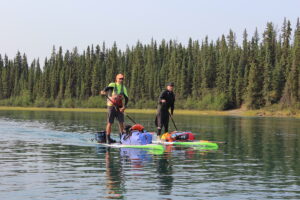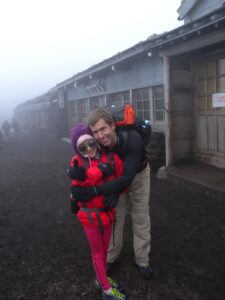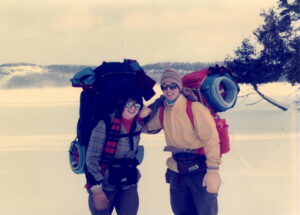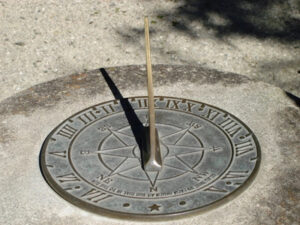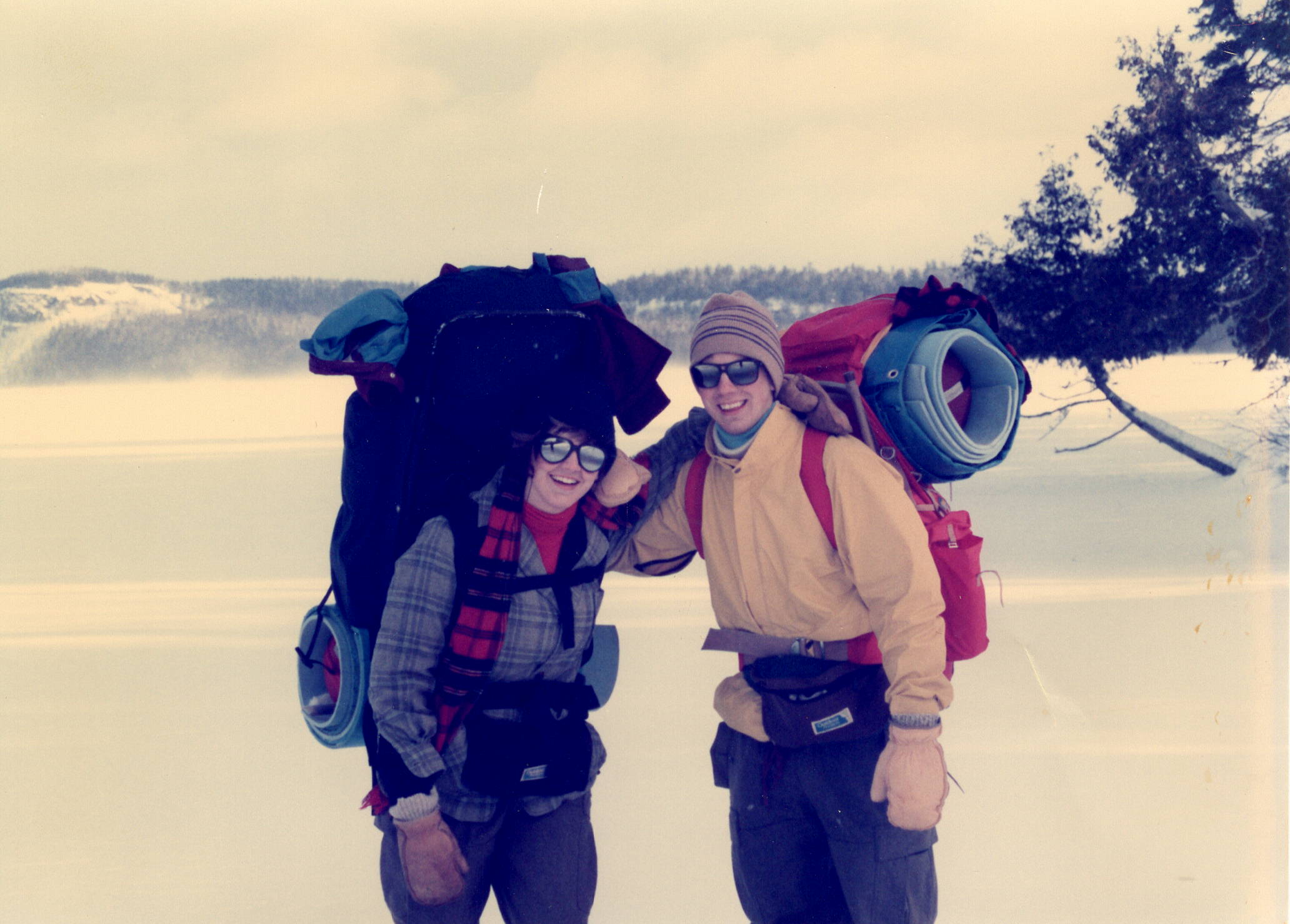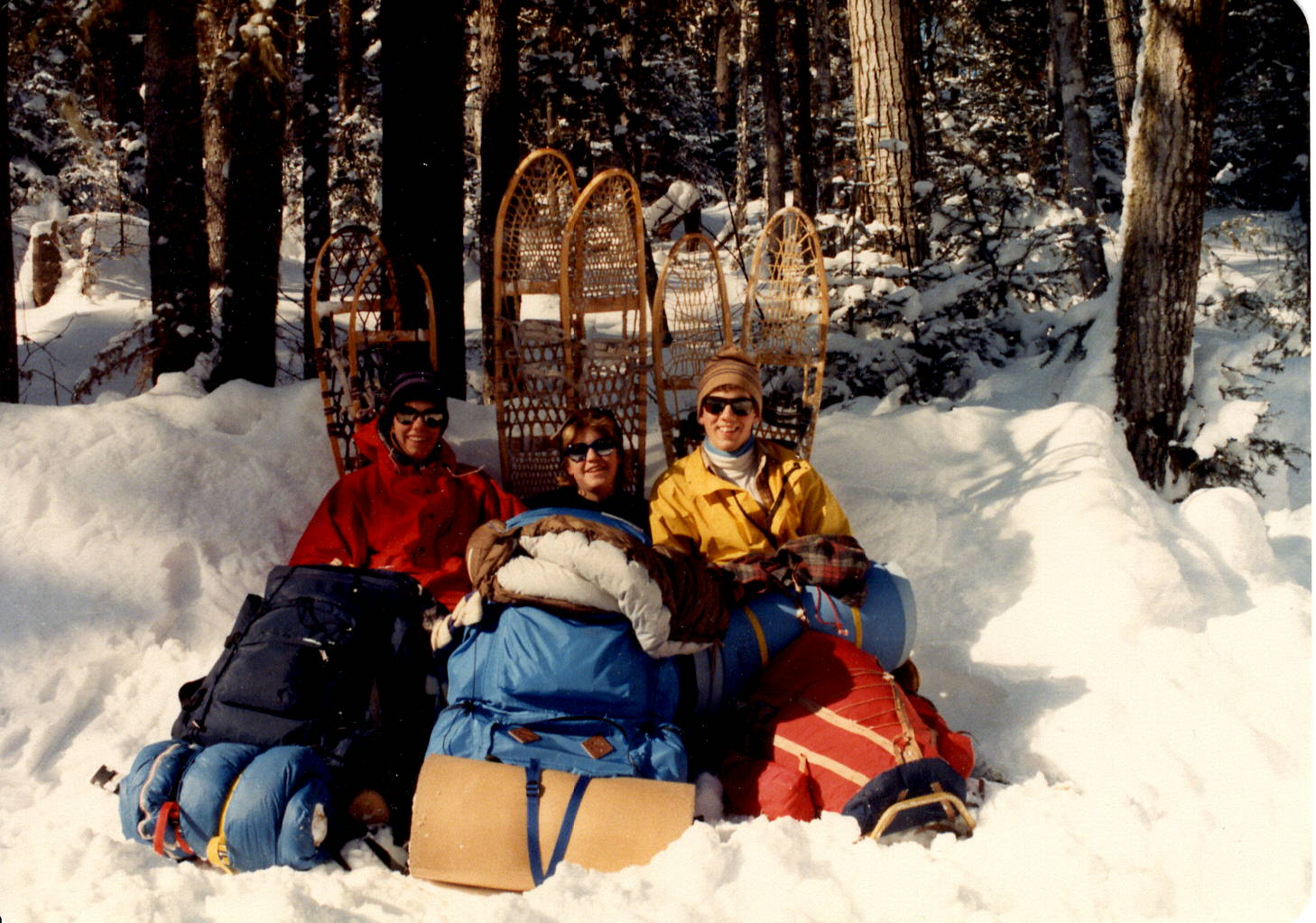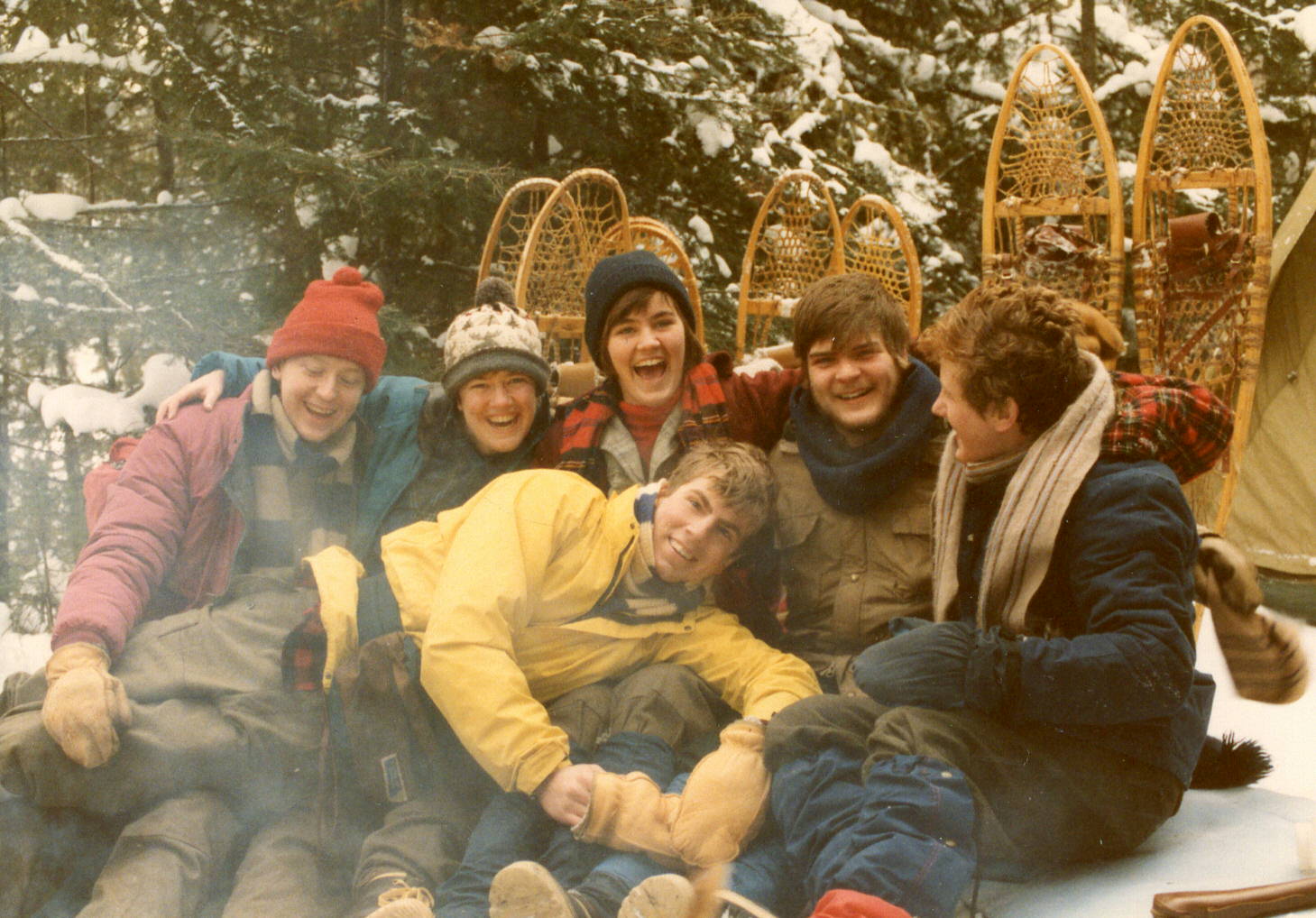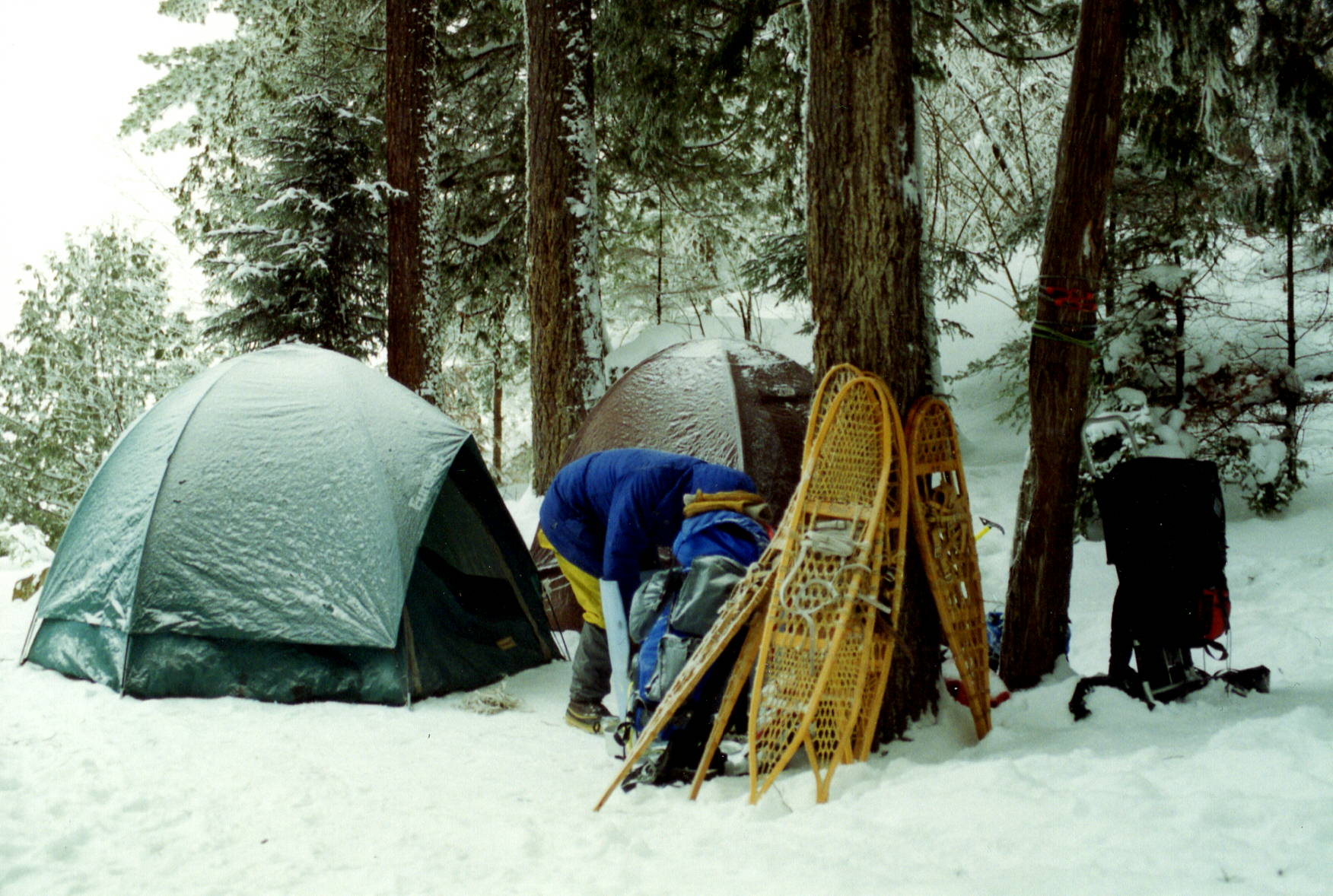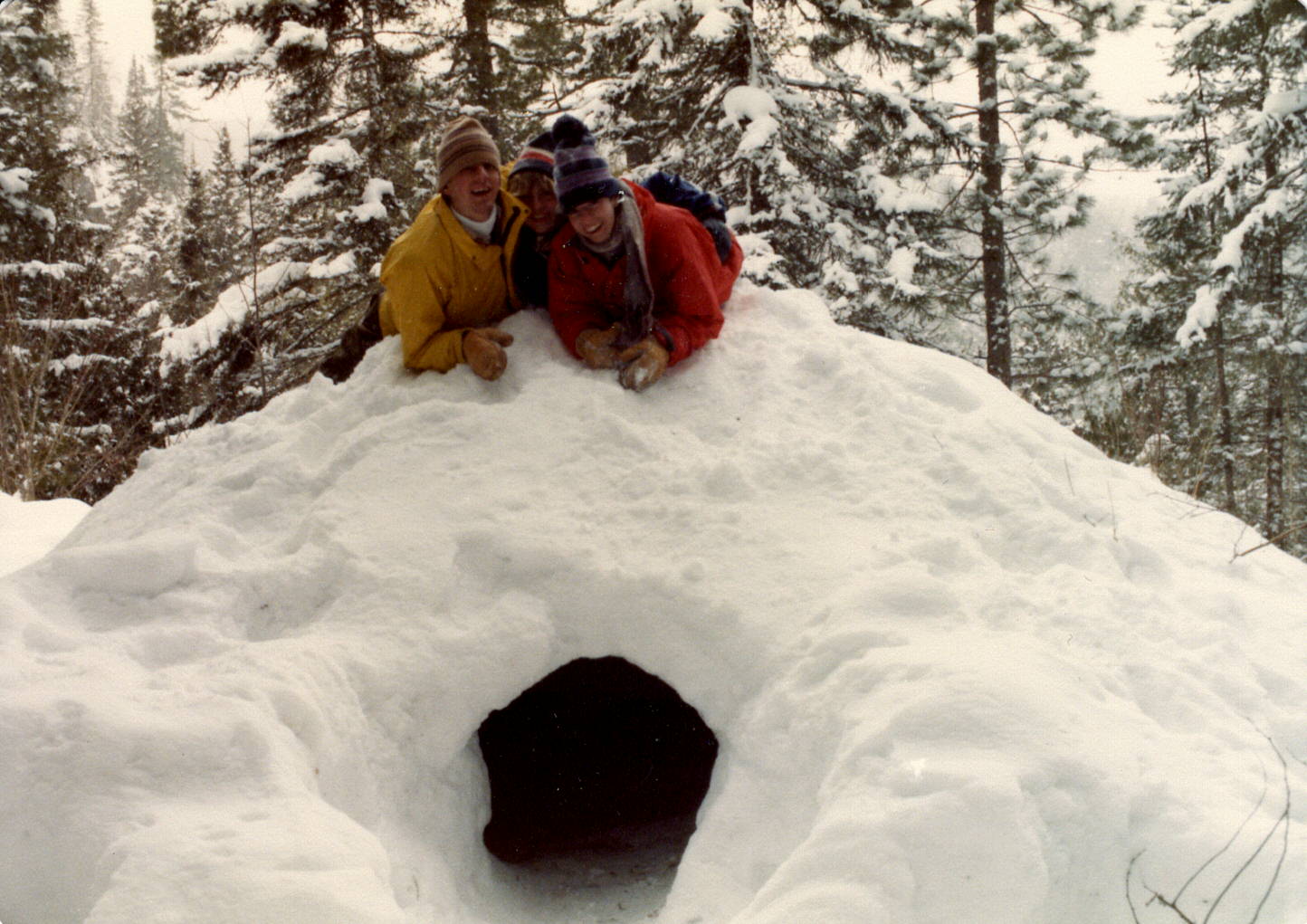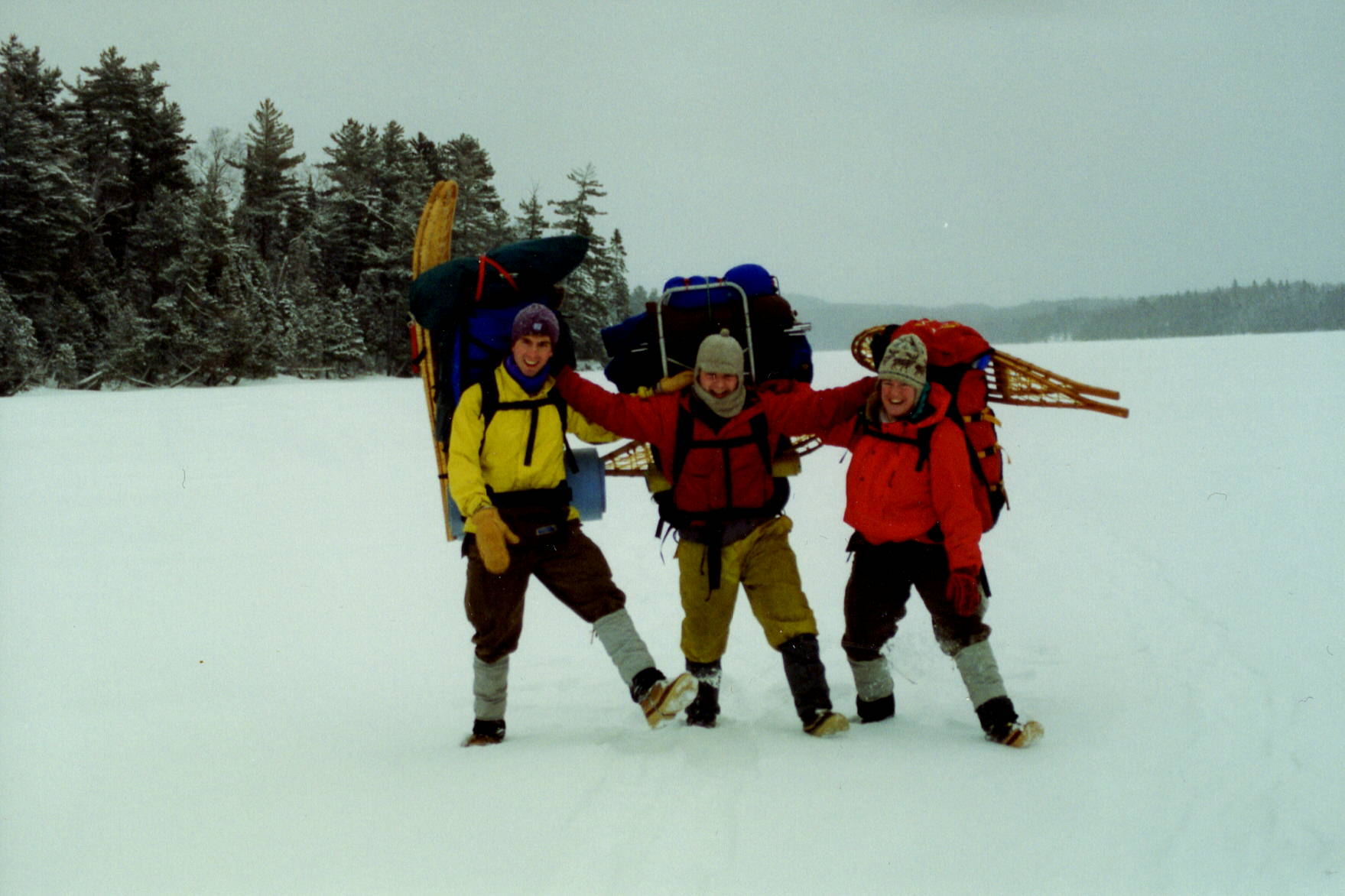My Adventure: by Dale Simonson
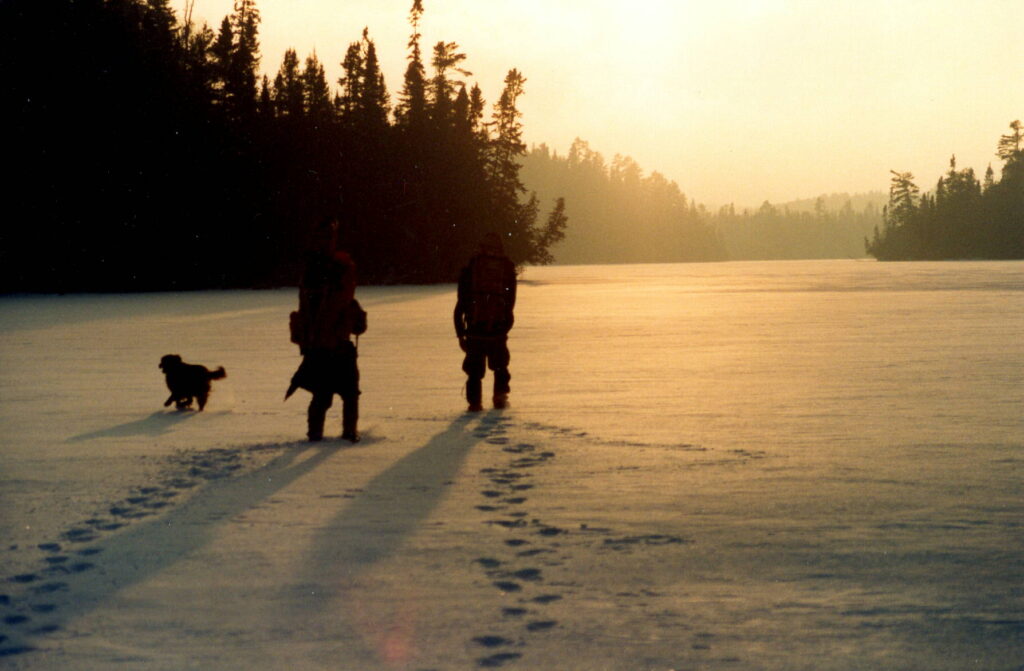
The thermometer on my zipper said 10 degrees Fahrenheit (minus 12 degrees Celsius), but the wind whistling through the trees and across the frozen lake we were crossing surely put the feels-like temperature much lower. My body was warm enough thanks to great clothing from the Army Surplus store and the effort of trudging miles through deep snow in snowshoes with a heavy pack on my back. It was the fingers that were the problem. Even clenched in a fist in my mittens, I couldn’t keep them warm without constant arm swinging.
Daylight was short in the Northern Minnesota winter so my friends and I decided to set up camp early before darkness fell, and that’s when the real challenge began. Once we stopped hiking, our bodies chilled with the reduced exertion. We struggled setting up the tent with mittens on, but couldn’t remove them for fear of frostbite. The elastic bungee cords for the poles froze. My contact lens solution froze. Then our propane camp stove wouldn’t light properly since it was too cold for the fuel to vaporize. Instead, the it spurted out of the burner and froze in a quarter inch layer of frozen propane around the gas canister. Was I really so dumb as to attempt lighting it? Yes! I can only justify that decision with “desperate measures for desperate times” as I hoped I might thaw the stove into working. Instead, I kicked our blazing ball of flames down a snowy hill with a vision of the canister exploding like a hand grenade. It didn’t, but the stove was ruined so our dinner and next morning’s breakfast was not a hot meal of comfort food, but rather cold Raisin Bran cereal and frozen jet-puffed marshmallows.
Sounds kind of miserable. And it truly was at moments. But the overall experience was amazing. Words can’t do justice to the beauty and serenity of the North Woods in winter. The snow-blanketed pines that muffle all sound, the snow-sculpted expanses of frozen lake, the coziness of the sleeping bag fending off the bitter cold, the brilliance of stars in the low humidity atmosphere, the camaraderie of friends sharing in the experience. All of those wonderful memories remain equally vivid years later, while the painful cold and misery have faded to vague concepts that my friends and I now simply laugh about.
Advice for Others:
When I say “winter camping,” I’m talking about northern climates where you’ll find snow and below-freezing temperatures. Other than the temperature, winter camping is essentially no different than camping in any other season. There are some distinct advantages to it, such as no bugs, no uncomfortable heat, no crowds, no problem getting reservations or permits. The key is to have proper clothing and equipment to stay comfortable and safe, including:
- A sleeping bag rated to at least the coldest forecasted temperatures you expect is probably most important, although I’ve found that double-bagging with 2 lighter bags is more versatile.
- A well-insulated sleeping pad. It makes a huge difference in sleeping comfort.
- Snowshoes or cross-country skis depending on snow conditions or you’ll exhaust yourself post-holing with every step.
- A camp stove with proper winter fuel (e.g. white gas) to avoid my propane disaster.
- Lots of warm clothing layers, with particular attention to their fabric (wool is good, cotton is bad) and good boots and socks.
- A larger-than-normal backpack to fit such bulky content. Some people prefer a sled, or pulk, but I find them cumbersome.
- A light-weight shovel to make a quonset hut (snow hut). It’s a lot of work, but if the snow is deep and the temperatures super cold, it will be warmer accommodations than a tent.
- Safety precautions to address potential risks such as falling through the ice, or getting caught in a winter storm.
There are some unique risks to winter camping. None should stop you from trying it out, but at least understand them and be prepared for the unlikely event of one occurring. For example, know what to do if you fall through the ice, if you’re caught in a winter storm, if hypothermia sets in, or if you’re in mountainous terrain, how to recognize and avoid avalanche zones.
There are lots of other tips and tricks to winter camping you can research, such as putting contact lenses solution, water bottles, boot liners, batteries, and selected clothing inside your sleeping bag at night to prevent them from freezing. Even better than research, finding a friend with winter camping experience for your first outing makes it easier. Either way, it’s the kind of camping experience where it’s best to be over-equipped, and to start short and easy the first time (e.g. single night, with short distances).
Give winter camping a try. It’s novel, beautiful, accessible and memorable. Just remember, there is no bad weather – only bad clothing.


